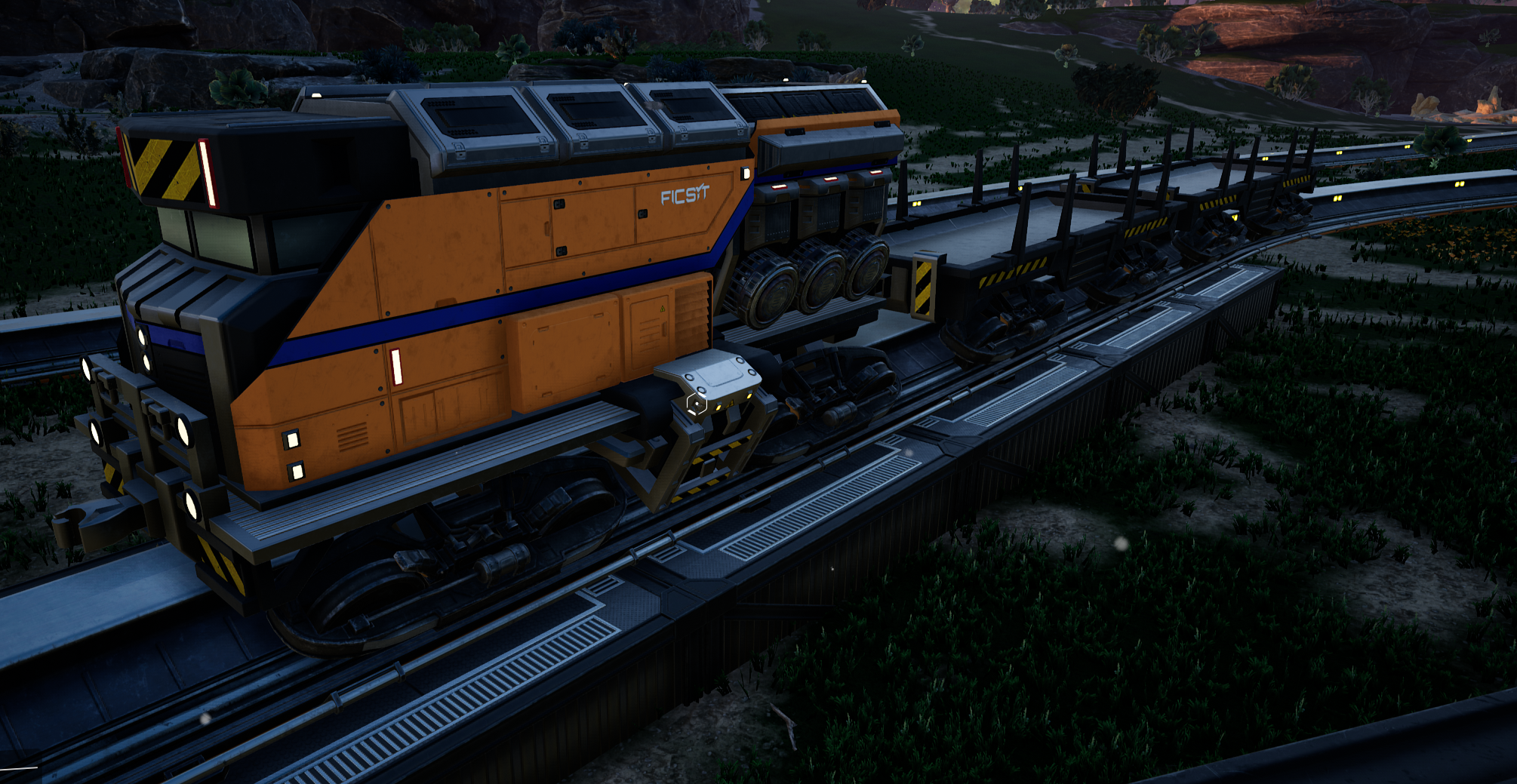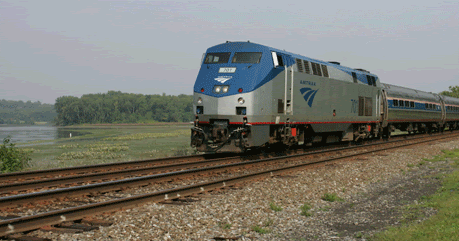

(9) The utility owner will label the posts closest to the crossing with the owner's name and telephone number for emergency contact. Electric lines must have a fluorescent ball marker on low wire over the centerline of the track.
#Railroad track separator define code#
(8) To ensure that overhead wire crossings are clear from contact with any equipment passing under the wires, communication lines shall be constructed with a minimum clearance of 24 feet above the top of the rail, and electric lines with a minimum clearance of 26 and one-half feet or greater above the top of the rail when required by the National Electric Safety Code or state and local regulations. Pipe truss design and layout are subject to review and approval by the district engineer.

However, electricity and petroleum, natural gas, or flammable materials shall not be combined. (7) Joint-use construction is encouraged at locations where more than one utility or type of facility is involved. For heavier type construction, the district engineer may allow longer spans. The adjacent span shall not exceed one and one-half times the crossing span length. For communication lines, the crossing span shall not exceed 100 feet in heavy loading districts, 125 feet in medium loading districts, and 150 feet in light loading districts. For electric supply lines, the crossing span shall not exceed 150 feet with adjacent span not exceeding one and one-half times the crossing span length. (6) Complete spanning of the property is encouraged with supportive structures and appurtenances located outside state railroad right of way. (5) Crossings shall not be installed under or within 500 feet of the end of any railroad bridge, or 300 feet from the centerline of any culvert or switch area.

High voltage towers, 34.5kV and higher, must be located off state railroad right of way. (4) Poles, including steel poles, must be located a minimum distance from the railroad signal and communication line equal to the height of the pole above the ground-line or must be guyed at right angles to the lines.

If guying is required, the guys shall be placed in such a manner as to keep the pole from leaning or falling in the direction of the tracks.
#Railroad track separator define plus#
(3) Regardless of the voltage, unguyed poles shall be located a minimum distance from the centerline of any track, equal to the height of the pole above the ground-line plus 10 feet. If located adjacent to curved tracks, then the clearance must be increased at a rate of one and one-half inches per degree of curved track. Poles located adjacent to industry tracks must provide at least a 10 foot clearance from the centerline of the track when measured at right angles. (2) Poles must be located 50 feet from the centerline of the railroad main, branch, and running tracks, CTC sidings, and heavy tonnage spurs. (1) A minimum of four feet clearance is required above signal and communication lines. If laws or orders of public authority prescribe a higher degree of protection, then the higher degree of protection prescribed shall supersede the provisions of this subchapter. Utilities will be located so as to provide a safe environment and shall conform to the current National Electrical Safety Code, American Waterworks Association Specifications, Federal Pipeline Safety Regulations, and The American Railway Engineering and Maintenance Association Specifications. Utilities shall not be placed within culverts or under railroad bridges, buildings, or other important structures. Installations crossing railroad property, to the extent feasible and practical, are to be perpendicular to the railroad alignment and preferably at not less than 45 degrees to the centerline of the track.


 0 kommentar(er)
0 kommentar(er)
